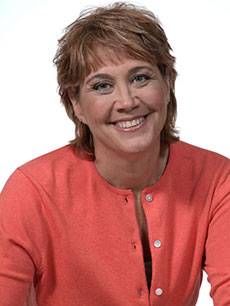
Melinda’s Garden Moments is heard Mon.-Fri. at 7:45 and 10:45 a.m. and 4:45 p.m. on WHAV.
Fall through early winter is bulb planting season. But is it really a bulb you are planting? It could be a corm, tuber or rhizome.
Tulips, hyacinths and daffodils are just a few of the true bulbs. These bundles of energy have a pointed top and flat base where the roots develop. Inside the bulb is the stem, flower bud, and layers of compressed leaves. Plant these two to three times their height deep with the flat side down.
Crocus and gladiolus are the most popular of the corms. These have a flat bottom where roots develop and one or more growing points on top. Plant the crocus in fall and the gladiolus in spring with the flat side down and growing points up.
Peonies and bearded iris are grown from rhizomes. These thick sections of stems have growing points on one side. Plant these horizontally in the soil with the flattened portion down.
A bit more information: Tubers are modified stems with growing points scattered around. Potatoes are an edible example, while the tender caladiums and tuberous begonias are popular garden plants grown from tuber.
For more gardening tips, how-to videos, podcasts and more, visit www.melindamyers.com.

